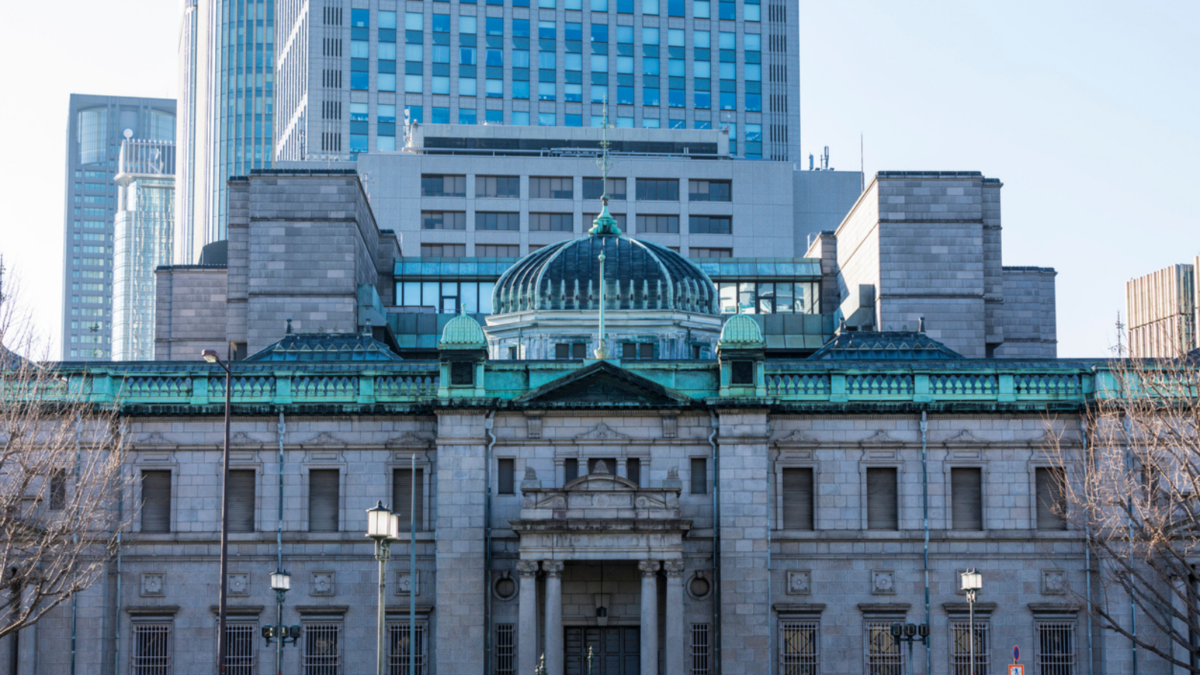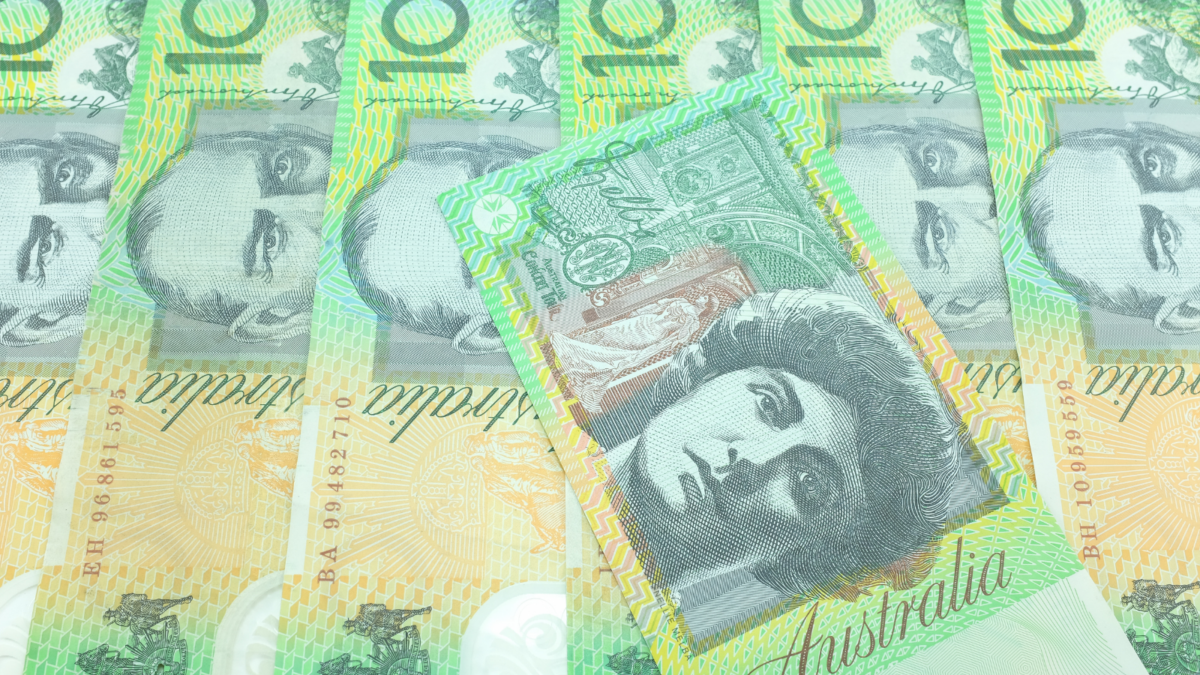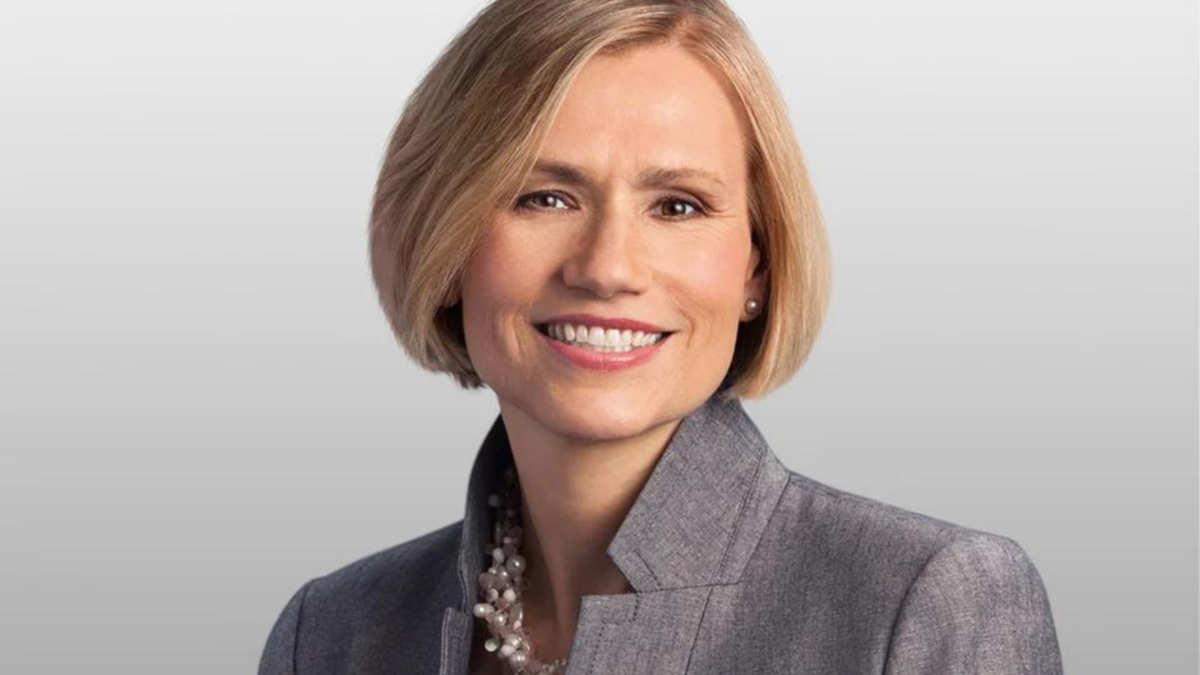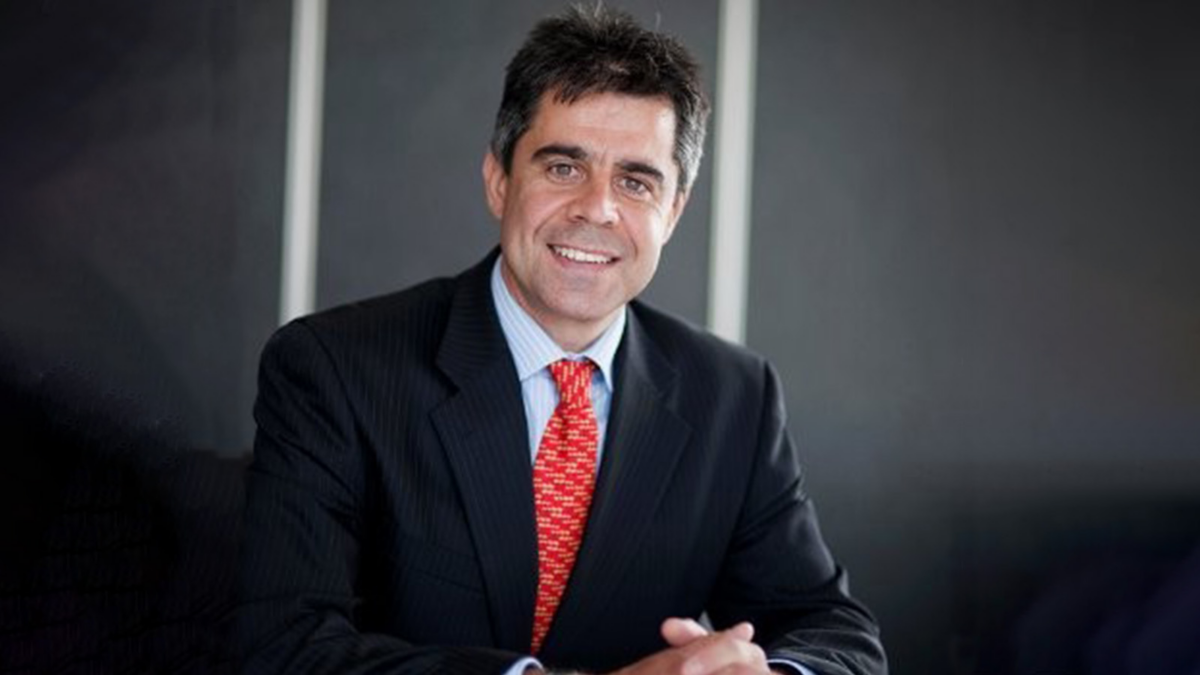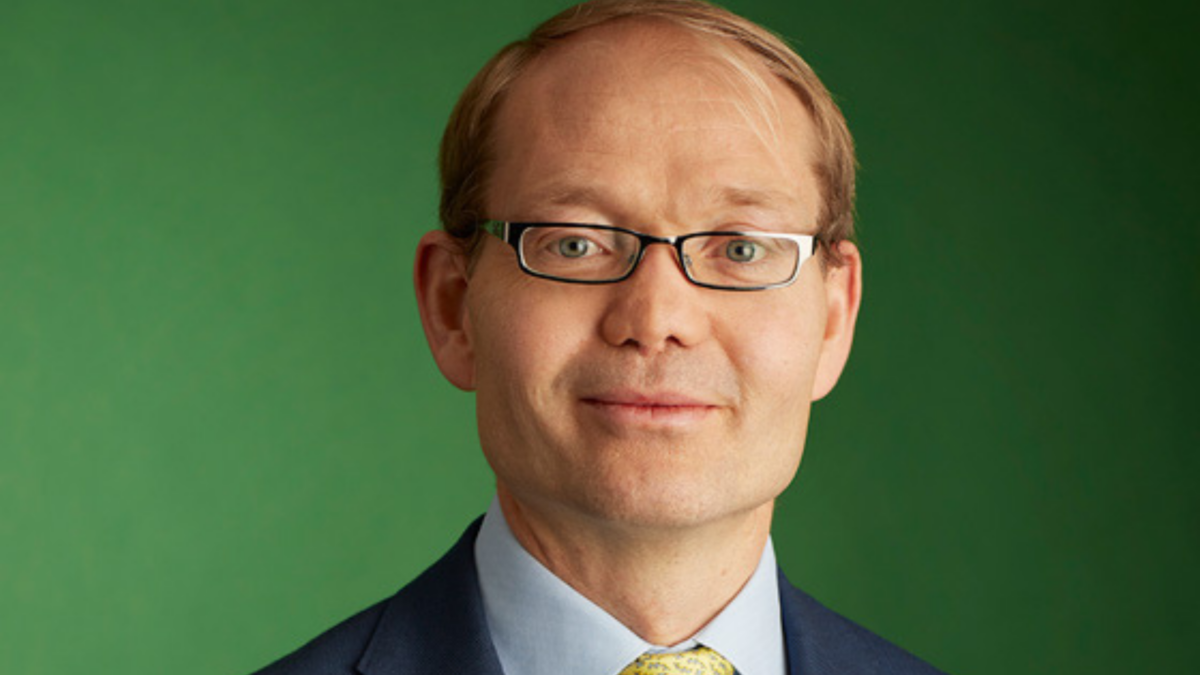-
Sort By
-
Newest
-
Newest
-
Oldest
The Bank of Japan has been marching to a different beat than other central banks. While the Federal Reserve, ECB and Bank of England hurried to ramp up rates in a battle against inflation, a deflationary mist lingered over Japan. Until now…
Rapid economic and geopolitical changes have led to a new investment regime in the latter half of 2023, according to the BlackRock Investment Institute. Investors should look to be agile and ready to respond to key themes, with the end of the set-and-forget era key among them.
Japan’s spectacular decline may still be spooking investors, but the recovery is well and truly underway according to Platinum’s Andrew Clifford, who spoke at The Inside Network’s inaugural Investment Leaders Forum in Queenstown, New Zealand this week. Corporate governance has been reinstated, and innovation is once again being nurtured.
The rate hiking cycle may be reaching its zenith, with inflation showing signs of a plateau. The next few months will be pivotal, Neuberger Berman says, which means accounting for two-way risk is crucial.
Inflation is in a transitory phase but the downward trend looks set to continue. Sovereign funds around the world are adjusting accordingly, with 5 major themes charting the course of institutional investors in the current climate.
With ETF providers offering a slew of products aimed at shipping exposures, the ‘esoteric legend’ of the Baltic Dry Index still has a place in the hearts and minds of investors.
In a recent market update Sage lamented the RBA’s recent decision to re-engage interest rake hikes after pausing only a month earlier. Policy outcomes have become confusing, the fund manager noted, with the path to a soft landing becoming even narrower.
“I believe inflation is largely in the rear view mirror, and the Fed will not be hiking again,” said Invesco’s chief global market strategist Kristina Hooper. And the trend could be a global one.
The federal government plans to use part of the $4.2 billion projected budget surplus to provide cost-of-living relief for Australian households and small businesses. It’s also moving forward with controversial plans to change tax concessions for the superannuation industry.
Small cap investing has considerable upside, which the long-term returns data shows. But many small caps are less than quality grade, and the managers picking them can be rife with bias.
It isn’t 2008 all over again, but dismissing the broader risks of SVB’s demise would be a mistake for investors, writes Ruffer CIO Henry Maxey.
It is perfectly possible that some inflationary measures fall back through zero, and prices actually deflate in an odd month, says Ruffer chair Jonathan Ruffer. If that happens, the complaisant assumption that inflation will go back to sleep again might look justified – but it will be a false dawn.

